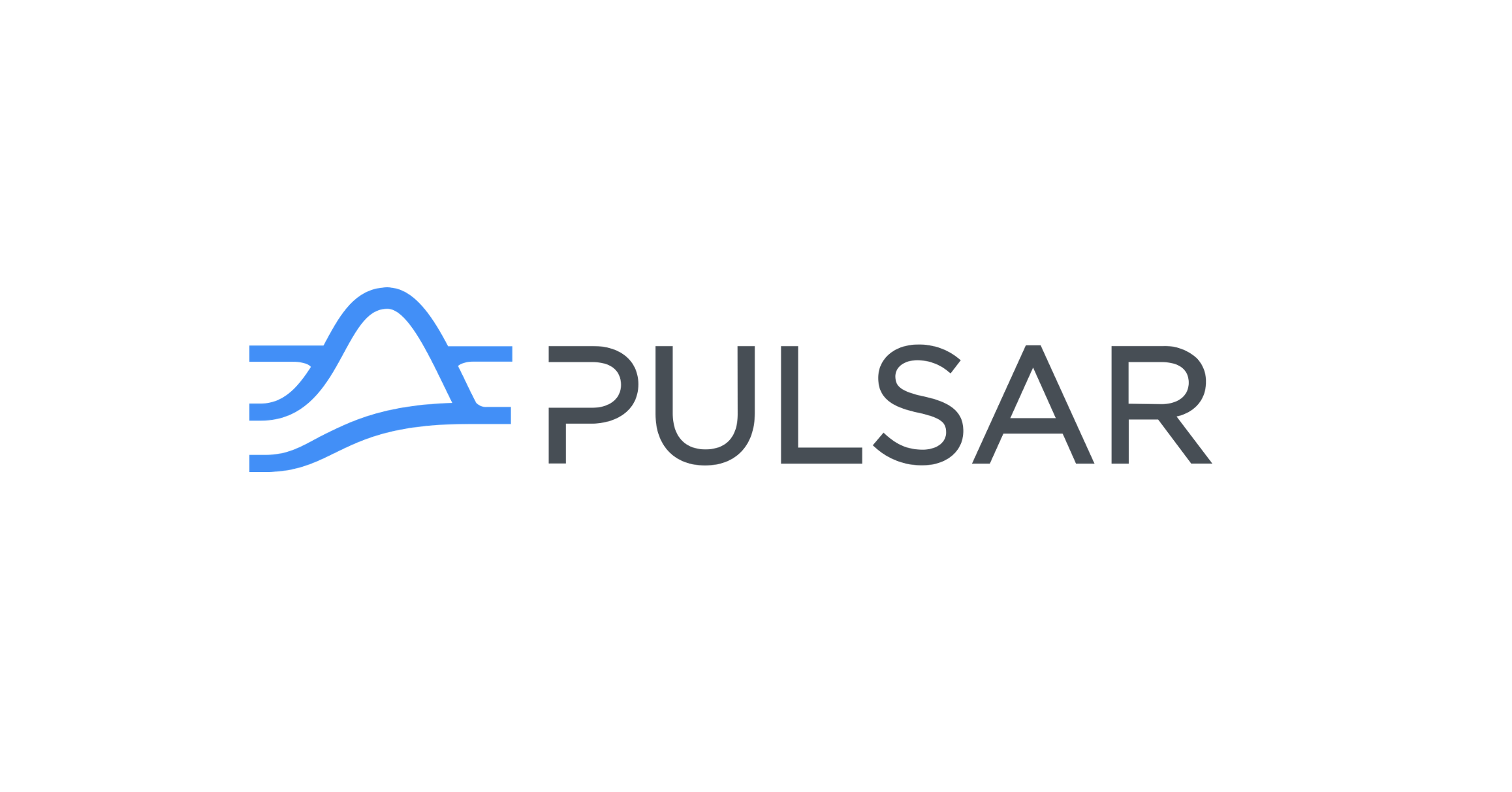Big Industries Academy
Exploring Messaging and Streaming Technologies Part1: Apache Kafka

This is the first article in a series of articles by Francine Anestis, where she looks at different Messaging and Streaming technologies. She covers the Key Features, Architecture, Use Cases, Strengths & Weaknesses, Cost and Maturity Level of each technology. She starts this Series with Apache Kafka.
Apache Kafka is a distributed streaming platform used for building real-time data pipelines and streaming applications. It is designed to handle high throughput, low-latency, and fault-tolerant data streams. Kafka is widely used in various industries for log aggregation, stream processing, and building data integration solutions.
Key Features
- Distributed System: Kafka is built as a distributed system (muliple interconnected nodes/servers which work together to achieve common goals), providing horizontal scalability, or scaling out (the ability to increase the number of nodes/servers) and fault tolerance (ability to continue operating properly in the event of the failure).
- High Throughput: Capable of handling high-throughput data streams, making it suitable for large-scale data processing.
- Message Durability: Kafka ensures message durability by persisting data on disk and replicating it across multiple nodes.
- Real-time Data Processing: Supports real-time data processing, allowing immediate access to streams of data.
- Pub-Sub Messaging: Combines both publish-subscribe and message queue models.
Architecture
- Producer: Applications that publish data to Kafka topics.
- Consumer: Applications that read data from Kafka topics.
- Broker: Kafka server that stores data and serves clients.
- Topic: A category or feed name to which records are published.
- Partition: Subdivision of topics for parallelism.
- Zookeeper: Manages and coordinates Kafka brokers.
Use Cases
- Distributed Log Aggregation: Collecting logs from different systems and making them available for analysis.
- Real-time Analytics: Processing and analyzing data streams in real-time for insights.
- Event Sourcing: Storing events for systems that need to rebuild state or replay events.
- Stream Processing: Building complex event processing systems that process and respond to streams of data.
- Data Integration: Connecting heterogeneous data sources and sinks.
Strengths
- Scalability: Kafka can scale horizontally by adding more brokers to the cluster.
- Fault Tolerance: Data is replicated across multiple brokers, ensuring high availability.
- Durability: Messages are persisted on disk, providing reliable storage.
- Flexibility: Supports a variety of data formats and use cases.
- Performance: Optimized for high throughput and low latency.
Weaknesses
- Complex Setup and Management: Requires significant effort to set up and manage a Kafka cluster.
- Steep Learning Curve: Understanding Kafka's architecture and configuration can be challenging.
- Resource Intensive: Requires substantial hardware resources to achieve optimal performance.
- No Built-in Support for Certain Protocols: Kafka uses a binary protocol over TCP/IP for communication. This protocol is designed to be efficient and supports all of Kafka's features like high throughput, fault tolerance, and partitioning. However, it does not natively support some standard messaging protocols. For example HTTP requests are not natively supported. An intermediary like Kafka REST Proxy must be used, which translates HTTP requests to Kafka protocol.
Cost
- Open-source: Kafka is available as an open-source project under the Apache License.
- Managed Services: Various cloud providers offer managed Kafka services with different pricing models.
Maturity Level
- Mature (2011): Apache Kafka has been in development since 2011 and with a growing community has gained widespread adoption in the industry.

Francine Anestis
My diploma thesis as well as my internship being on ETL, Analysis and Forecasting of Big Streaming Data, I am keen on learning more and immersing myself in Data Engineering and Data Space in general. Building data pipelines, using Kafka, databases and algorithms captivated me during my studies as Electrical and Computer Engineer and as a result I decided to dedicate myself on Data Engineering. I am very excited starting my learning and career path at Big Industries. Regarding my skills, if I had to choose one programming language and a platform, I would say that Python and Kafka are my strongest assets, but I am looking forward to extending that list.




